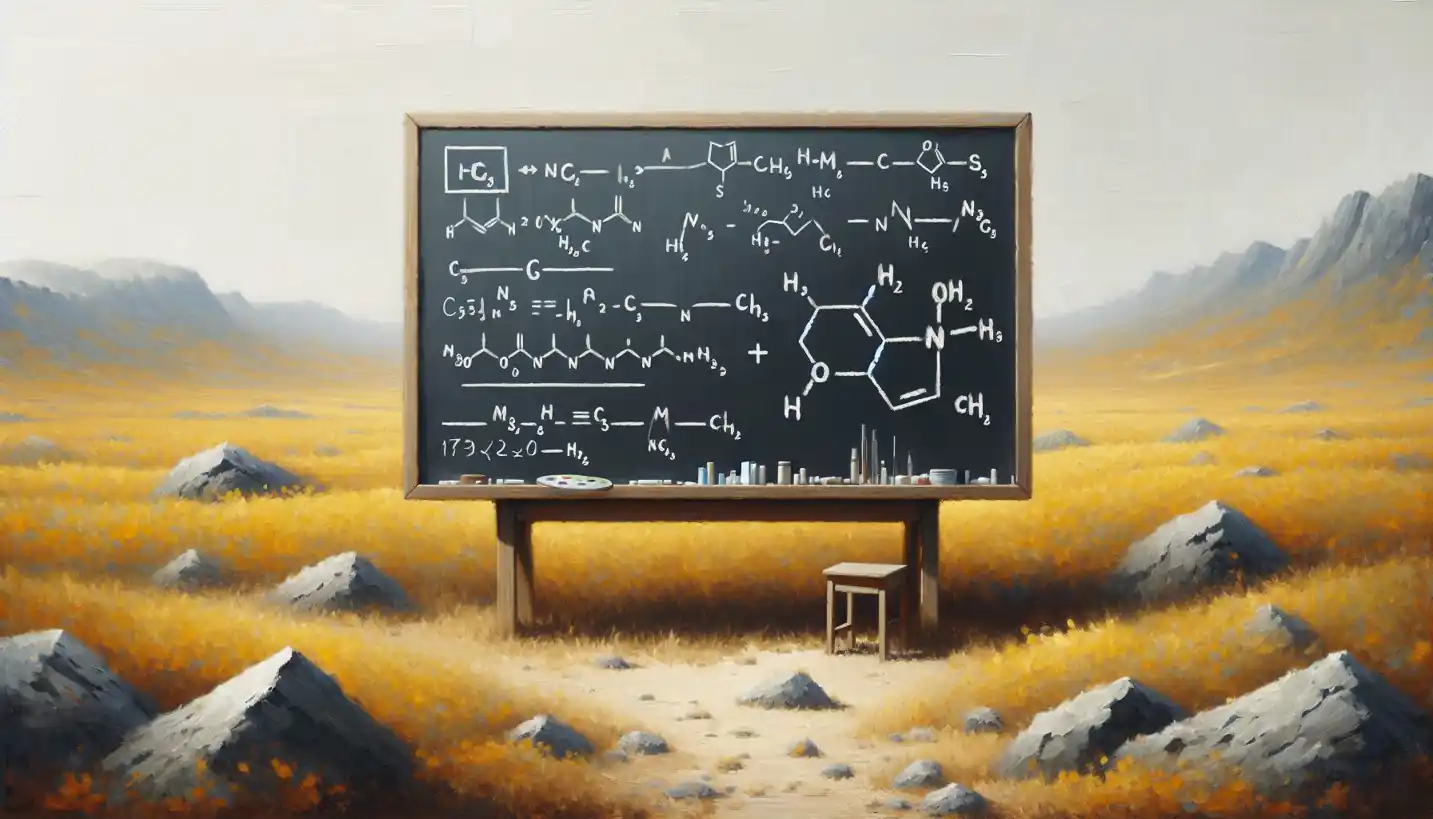· Chemistry · 3 min read
Understanding the Langmuir Isotherm: A Key Concept in Surface Chemistry
The Langmuir isotherm reveals how molecules spread on surfaces. Unravel this key concept in surface chemistry for an insightful journey!

While sipping your morning coffee, you might not think about how molecules stick to surfaces, but this is the intriguing world of surface chemistry. One of the fundamental concepts here is the Langmuir isotherm, named after the brilliant scientist Irving Langmuir.
The Basics of Adsorption
Surface chemistry often revolves around a process known as adsorption. Imagine spreading peanut butter on bread; the molecules of peanut butter cling to the bread’s surface. In a similar way, adsorption is about how particles attach to surfaces.
Irving Langmuir’s Contribution
In the early 20th century, Irving Langmuir brought forward a simple yet powerful model to describe this process. Imagine a big field where sheep can graze. Each sheep is unique, and once they find a spot, they stay put. The Langmuir isotherm operates on a similar principle. It suggests that once a molecule occupies a spot on a surface, no other molecule can take that place.
Langmuir’s Equation Explained
Langmuir developed an equation to describe how molecules cover a surface, aiming for a balance between occupation and what’s left unoccupied.
The equation is:
[ \theta = \frac{K \cdot P}{1 + K \cdot P} ]
Here’s a breakdown:
- θ (theta) represents the fraction of the surface covered.
- K is the equilibrium constant related to how strongly the molecules stick.
- P is the pressure of the gas above the surface, or the concentration of molecules in solution.
This equation helps predict how much of a surface will be coated with particles at a certain pressure or concentration.
Real-Life Applications
Now, you might wonder, why does this matter? Well, the Langmuir isotherm finds use in various fields. For instance, in designing catalysts used in car exhausts or even in drug delivery systems where precise dosage release is crucial. By understanding how molecules settle on surfaces, scientists can create better batteries, improve water purification, and even enhance the taste of your favorite snacks.
Assumptions and Limitations
Like all scientific models, the Langmuir isotherm comes with certain assumptions. It treats every adsorption spot as equal and doesn’t account for interaction between neighboring molecules. Think of a crowded bus where people can move or bump into each other — the Langmuir model doesn’t capture all this nuance.
In some scenarios, like when pressure increases significantly, the Langmuir isotherm doesn’t fully apply. Other models, such as the Freundlich or BET isotherms, might be more appropriate in these situations.
Expanding the Concept
Beyond simple adsorption, scientists explore multi-layer adsorption — like stacking books on a shelf, one on top of the other. This brings us to the BET isotherm, which deals with multi-layer adsorption. While Langmuir focuses on a single layer, BET extends the concept to multiple layers.
Future Directions and Research
As technology advances, understanding the minutiae of surface interactions becomes more crucial. Scientists are pushing the boundaries by using advanced materials with unique surface properties. The Langmuir isotherm, despite its age, remains foundational in studying these new materials.
In the future, as our materials become even smarter, the basics of adsorption will help us innovate in energy, medicine, and environmental science. Researchers are continuously refining models to mirror reality more precisely, allowing for incredible technological breakthroughs.
The Importance of Simplifying Complex Ideas
One of the beauties of the Langmuir isotherm is its simplicity, encapsulating a complex process in a straightforward equation. This power of simplification not only helps scientists but also ensures that such knowledge can be conveyed to curious minds everywhere.
In summary, the Langmuir isotherm isn’t just a relic of early 20th-century chemistry. It’s a cornerstone that bridges past discoveries with future innovations. As we continue to explore the microscopic world, concepts like Langmuir keep us grounded, offering insights into the invisible dance of molecules on surfaces.

